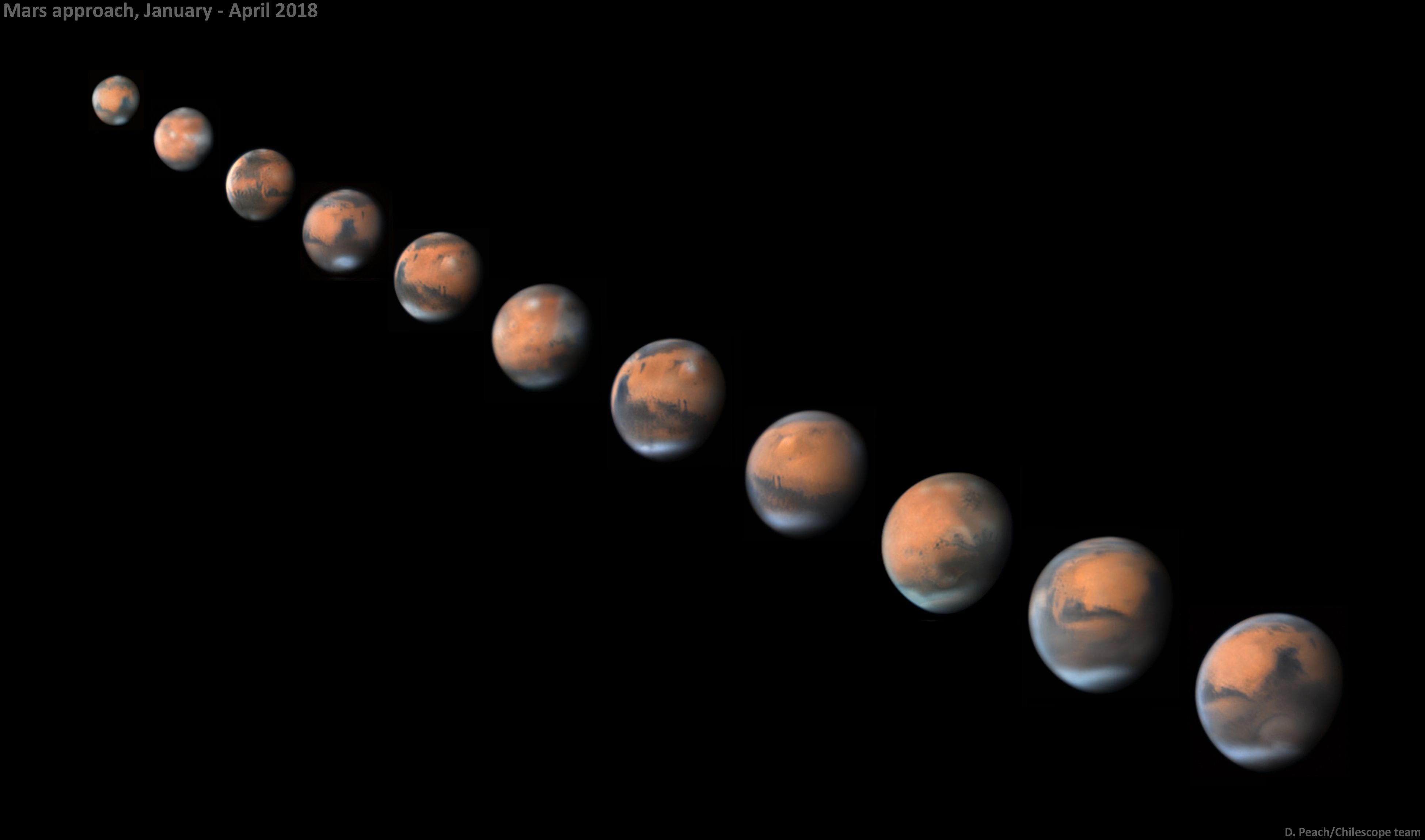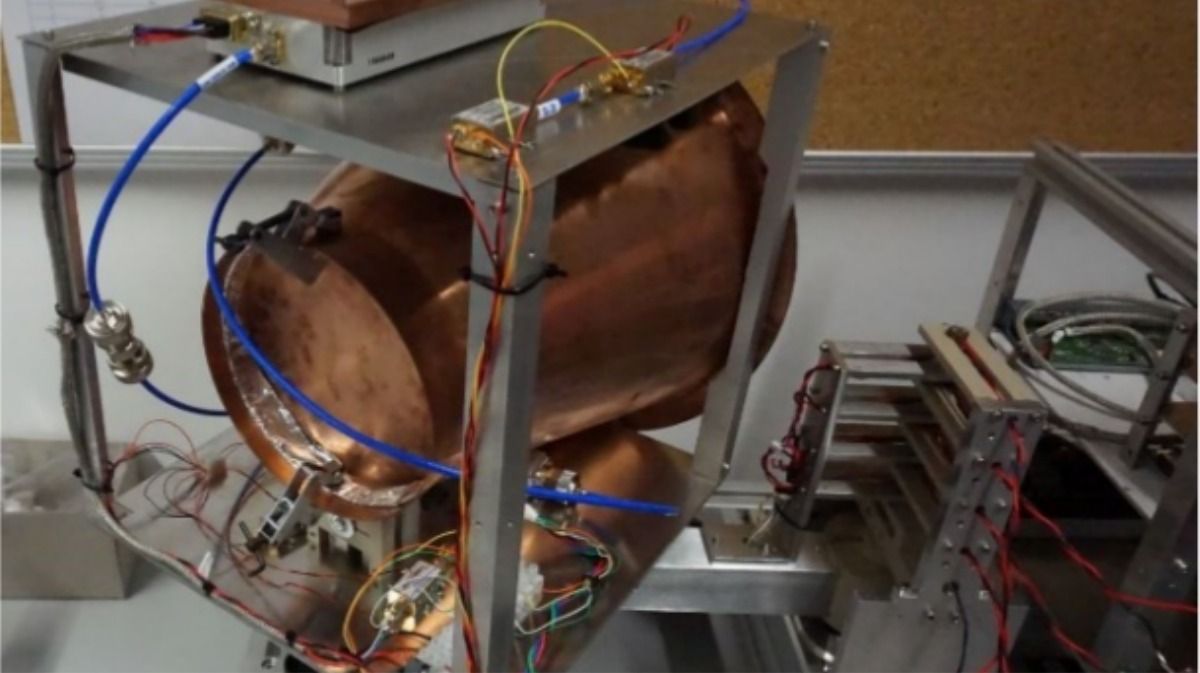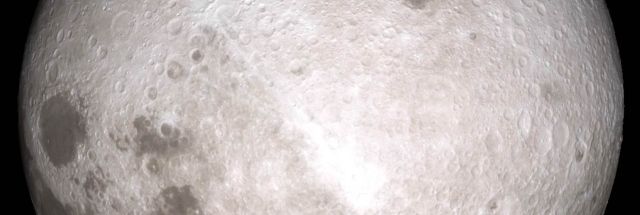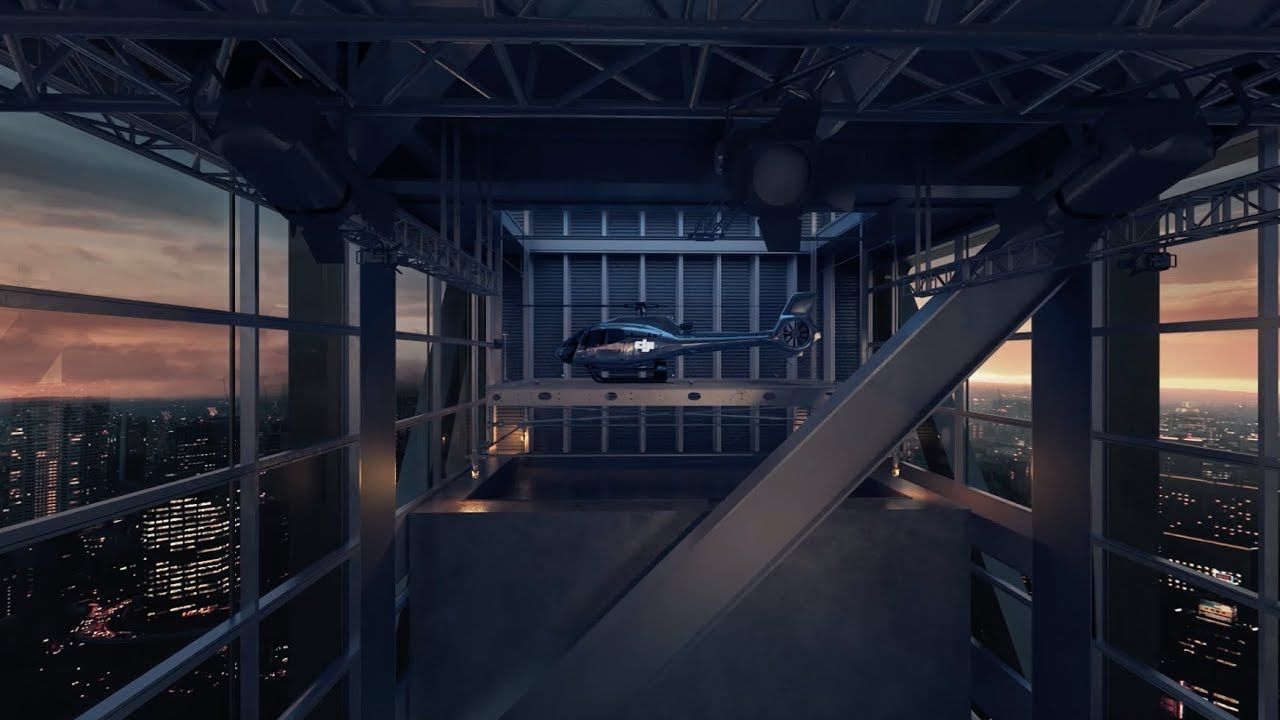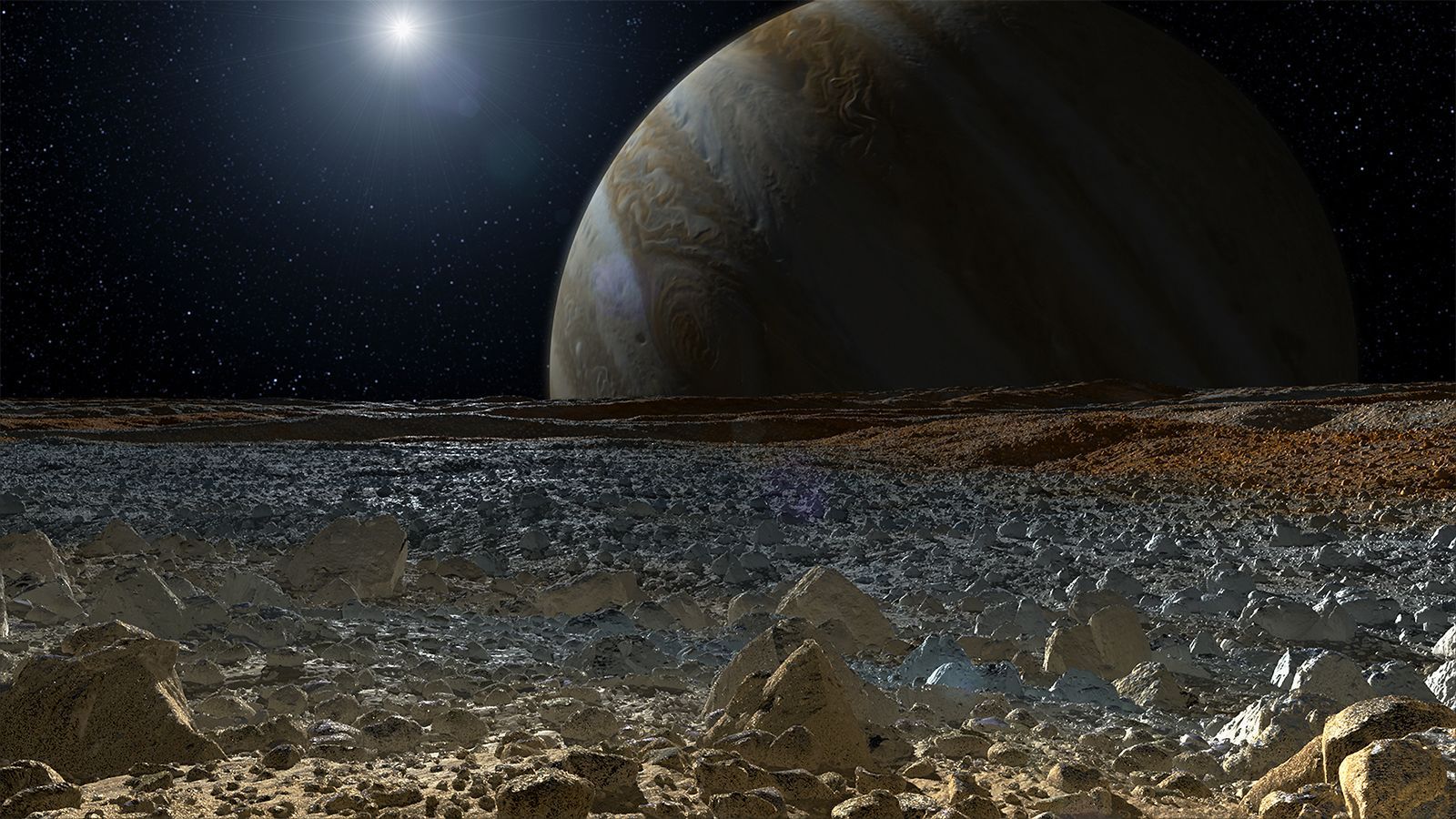Archive for the ‘space travel’ category: Page 405
One of the great things about space exploration is how it can shift your perspective. And you don’t even need to leave home. Here we all are in our spaceship Earth, approaching planet Mars, the planet slowly looming larger in our forward view.
May 24, 2018
NASA is bringing cryosleep chambers out of fiction and into science
Posted by Klaus Baldauf in categories: biotech/medical, space travel
You probably thought it was infinitely cool when Ripley and the crew of the Nostromo first emerged from their cryosleep chambers in Alien, but now that slice of sci-fi could become a reality in our lifetime.
NASA and SpaceWorks Enterprises are currently developing a stasis chamber (as opposed to individual pods like those in the movie) that could induce an extended state of torpor, or metabolic inactivity medically brought on by lowering body temperature to the point of mild hypothermia, that could allow astronauts to snooze for at least two weeks on end during longer missions. Also unlike Alien, in which everyone is temporarily in freeze-frame until the ship arrives at its destination, the crew would rotate cryosleep shifts so there is always someone conscious in case something goes awry where no one can here you scream.
SpaceWorks’ objective is to “place crew and passengers in a prolonged hypothermic state during space-mission transit phases (outbound and Earth-return) to significantly reduce the system mass, power, habitable volume, and medical challenges associated with long-duration space exploration,” as explained on their website.
Continue reading “NASA is bringing cryosleep chambers out of fiction and into science” »
May 21, 2018
A German Team Is Now Trying to Make the ‘Impossible’ EmDrive Engine
Posted by Genevieve Klien in categories: quantum physics, space travel
German physicists launched the SpaceDrive project to explore possible sources of error in EmDrive experiments. Their first experiment identified a possible source of false positives in past successful EmDrive tests.
May 21, 2018
China takes a critical first step toward landing on the far side of the Moon
Posted by Genevieve Klien in category: space travel
Anyone home?
China takes a critical first step toward landing on the far side of the Moon.
The Queqiao spacecraft is now on its way toward L2.
Continue reading “China takes a critical first step toward landing on the far side of the Moon” »
May 16, 2018
Architects behind Apple’s “spaceship” unveil new building for drone giant DJI
Posted by Klaus Baldauf in categories: drones, robotics/AI, space travel
May 15, 2018
The Van Allen Belts Are Lethal, This Is How Astronauts Fly Through Them
Posted by Michael Lance in category: space travel

The Van Allen belts protect Earth from annihilation, but they’re also filled with deadly radiation. And to get to space, astronauts have to fly through them.
Follow Space Crafts to learn more about astronomical phenomena!
May 14, 2018
Spacecraft May Have Flown Right Through a Plume of Water on Jupiter’s Moon Europa
Posted by Genevieve Klien in category: space travel
Sometimes, scientists have the answers all along—they just don’t think to ask the question. For example, it appears that in 1997, the Galileo orbiter flew through a jet of water shooting out from Jupiter’s moon Europa without even trying.
Scientists think that Europa has an ocean below its icy surface, which could be a big deal. When we hear water, we think “life,” and maybe life found a way in Europa’s ocean. Recent Hubble space telescope images appeared to show evidence for this ocean in the form of plumes of water shooting forth from cracks in the moon’s surface ice. So, a team of researchers in the U.S. thought, maybe there’s more evidence for these plumes elsewhere, like in 20-year-old data from the Galileo orbiter.
“This wasn’t planned out,” study author Xianzhe Jia from the University of Michigan told Gizmodo. “It just so happened that the spacecraft passed through a region where we saw plumes. It was fortuitous.”
May 12, 2018
NASA plans to send mini-helicopter to Mars
Posted by Michael Lance in categories: drones, robotics/AI, space travel
The US space agency said Friday it plans to launch the first-ever helicopter to Mars in 2020, a miniature, unmanned drone-like chopper that could boost our understanding of the Red Planet.
Known simply as “The Mars Helicopter,” the device weighs less than four pounds (1.8 kilograms), and its main body section, or fuselage, is about the size of a softball.
It will be attached to the belly pan of the Mars 2020 rover, a wheeled robot that aims to determine the habitability of the Martian environment, search for signs of ancient life, and assess natural resources and hazards for future human explorers.
Continue reading “NASA plans to send mini-helicopter to Mars” »
May 11, 2018
SpaceX launches Block 5 Falcon 9, a radically reusable rocket
Posted by Genevieve Klien in categories: Elon Musk, space travel
Elon Musk and his rocket company just sent a rocket to space that’s designed to do the same thing 99 more times.

